For the sake of brevity, the term “creators” is used throughout the plan when referring to the comprehensive group: artists, musicians, performers, dancers, creators, and all those who support them. Specific terms are used as needed.
Amit has been endorsed by:

American Federation of Musicians Local 802

International Alliance of Theatrical Stage Employees Local 1.
The act of creation is among the most powerful and most human of acts. Creation can be conceived as an externalization, or possibly fulfillment, of the self, and it can be understood through the lenses of experience or even consumption.
Irrespective of one’s approach, one thing is certain: creation requires work; creation is work; and all those who create (and support those who create) are therefore workers - and as such, we must proactively and intentionally create the conditions in which all New Yorkers who create, especially BIPOC, trans, and immigrant New Yorkers, can practice their crafts and live with dignity.
As a person who trained for many years as a vocalist, and who has been both a performer and a voracious consumer of arts, music, and nightlife, this is personal for me - and it’s not new for me.
I’m proud to have been the fiercest advocate within City Administration for repeal of the racist and homophobic Cabaret Law, which for decades was weaponized against many vulnerable communities, and in particular against queer and “DIY” artist communities. I’m particularly proud of having been successful in achieving its repeal.
Prior to COVID-19, the cultural and nightlife economies contributed as much as $35 billion to New York City’s annual economic output—both in terms of revenue generated and money spent by artists on supplies and services—and employed hundreds of thousands of New Yorkers, both formally and informally. While many workers, such as those who are unionized through one of the 13 different unions represented on Broadway and in concert hall music, have found degrees of stability, the vast majority of workers in the cultural and nightlife economies have been severely economically imperiled.
There are many steps the City can take to stabilize and empower the New Yorkers who are our friends, neighbors, and part of the larger communities we also belong to (especially queer and of-color communities).
Too many New Yorkers are kept from artistic careers because not by lack of talent, creativity, or effort, but by the onerous administrative prerequisites to public, private, and philanthropic resources. This is especially true for BIPOC, immigrant, and LGBTQ+ creators. To guide creators and organizations through these processes, my signature proposal, the $100 million Fair Economy Fund, will:
A top issue facing creators is not having affordable, accessible, or even available space to create, rehearse, record, display, perform, or share work with their communities. Space has always been at a premium in New York City, but the lack of it for these purposes is unprecedented.
The Council must use every tool at its disposal: the City’s budget, political will, and City Agency oversight to explore the following proposals:
In order to breathe life and economic growth into our neighborhoods, the City must:
New York City has the ability to control approximately half of the total sales tax collected by businesses in the city (8.875%). With federal stimulus and additional state tax revenue in place for the upcoming fiscal year (FY 2022), the City should:
The data collected by the decennial census is the basis of money, power, and respect for individuals, communities, and entire cities and states.
It’s so critical because it allows us to understand how many of us there are, where we are, who we are, and all of the needs in our communities. I designed and helped lead the City’s unprecedented $40 million census campaign in 2020, which achieved a historic response rate for NYC, outpacing most major U.S. cities, saving billions in critical funds over the next decade, and even saving an entire congressional seat when the State was supposed to lose two.
We need a “Creators’ Census” to understand the full scope, size, and needs of all artists, musicians, creators, dancers, performers, and all those that support them.
We need to conduct a census of creators in New York City so we can: